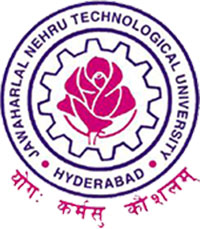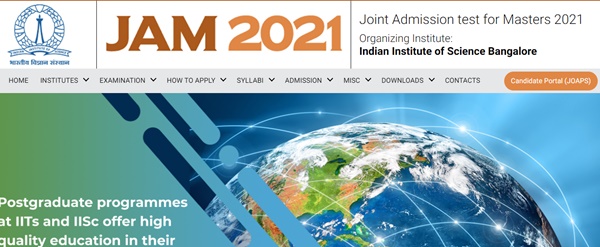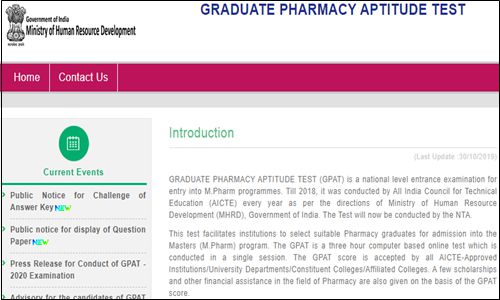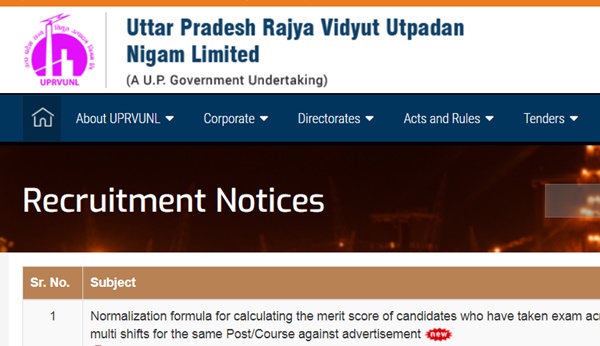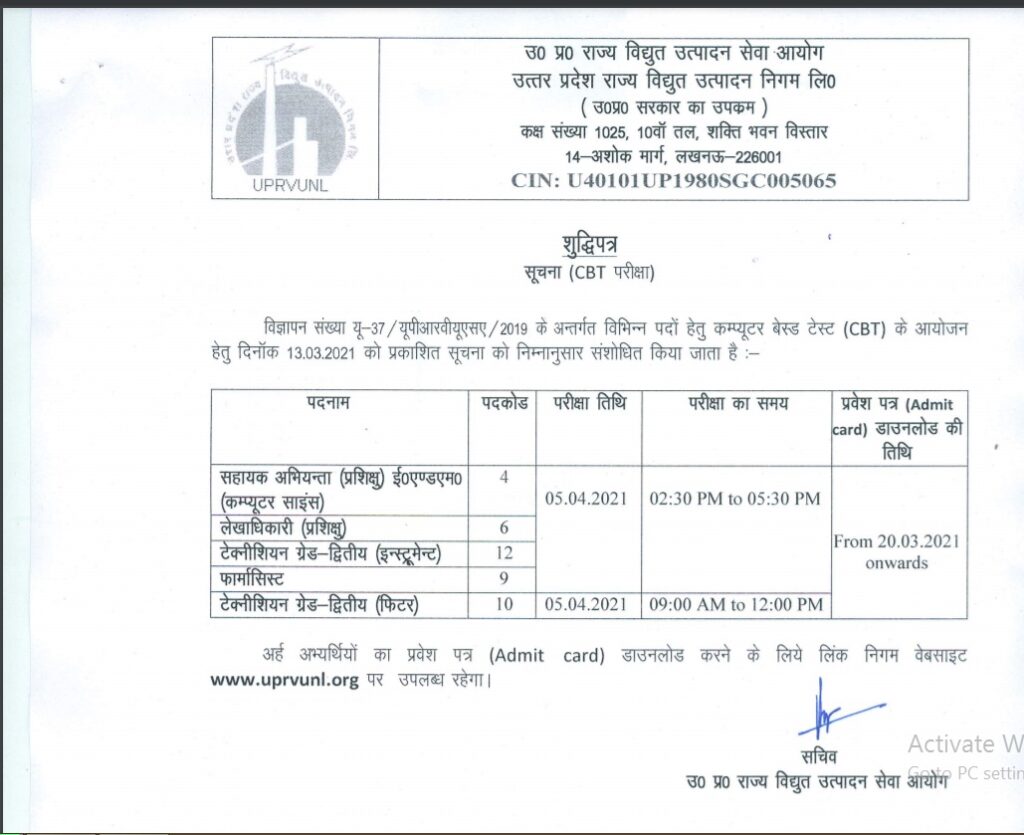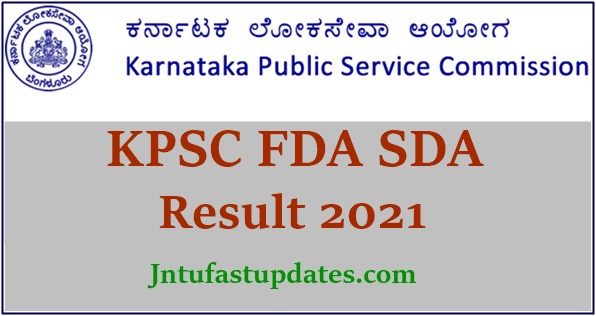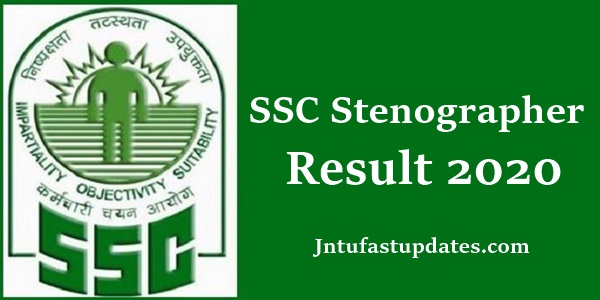JNTUK R16 3-2 Waste water Management Material PDF Download
Students those who are studying JNTUK R16 Civil Branch, Can Download Unit wise R16 3-2 Waste water Management (WWM) Material/Notes PDFs below.
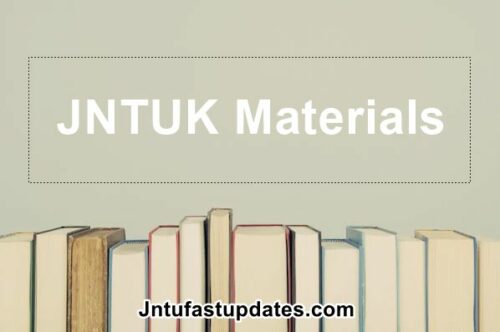
JNTUK R16 3-2 Waste water Management Material PDF Download
OBJECTIVES:
- Enables the student to distinguish between the quality of domestic and industrial water requirements and wastewater quantity generation.
- To impart knowledge on selection of treatment methods for industrial wasteswater.
- To know the common methods of treatment in different industries
- To acquire knowledge on operational problems of common effluent treatment plant.
UNIT-1
Industrial water Quantity and Quality requirements: Boiler and cooling waters– Process waterforTextiles, Food processing,Brewery Industries, power plants,fertilizers, sugar mills.
UNIT-2
Miscellaneous Treatment: Use of Municipal wastewater in Industries – Advanced water treatment – Adsorption, Reverse Osmosis, Ion Exchange, Ultra filtration, Freezing, elutriation, Removal of Iron and Manganese, Removal of Colour and Odour.
UNIT-3
Basic theories of Industrial Wastewater Management: Industrial waste survey – Measurement of industrial wastewater Flow-generation rates – Industrial wastewater sampling and preservation of samples for analysis – Wastewater characterization- Toxicity of industrial effluents-Treatment of wastewater-unit operations and processes- Volume and Strength reduction –Neutralization – Equalization and proportioning- recycling, reuse and resources recovery.
UNIT-4
Industrial wastewater disposal management: discharges into Streams, Lakes and oceans and associated problems, Land treatment – Common Effluent Treatment Plants: advantages and suitability, Limitations and challenges- Recirculation of Industrial Wastes- Effluent Disposal Method.
UNIT-5
Process and Treatment of specific Industries-1: Manufacturing Process and origin, characteristics, effects and treatment methods of liquid waste from Steel plants, Fertilizers, Textiles, Paper and Pulp industries, Oil Refineries, Coal and Gas based Power Plants.
UNIT-6
Process and Treatment of specific Industries-2: Manufacturing Process and origin, characteristics, effects and treatment methods of liquid waste from Tanneries, Sugar Mills, Distillers, Dairy and Food Processing industries, Pharmaceutical Plants.
TEXT BOOKS:
- Wastewater Treatment by M.N. Rao and A.K. Dutta, Oxford & IBH, New Delhi.
- Industrial Wastewater Treatment by KVSG Murali Krishna.
- Industrial Wastewater treatment by A.D. Patwardhan, PHI Learning, Delhi
- Wastewater Treatment for Pollution Control and Reuse, by Soli. J Arceivala, Shyam R Asolekar, Mc-Graw Hill, New Delhi; 3rd Edition
REFERENCE BOOKS:
- Industrial Water Pollution Control by W. Wesley Eckenfelder, Mc- GrawHill, Third Edition
- Wastewater Engineering by Metcalf and Eddy Inc., Tata McGrawhill Co., New Delhi
- Wastewater Treatment- Concepts and Design Approach by G.L. Karia & R.A. Christian, Prentice Hall of India.
- Unit Operations and Processes in Environmental Engineering by Reynolds. Richard, Cengage Learning.
OUTCOMES:
- a. Suggest treatment methods for any industrial wastewater.
- b. Learn the manufacturing process of various industries.
- c. Student will be in a position to decide the need of common effluent treatment plant for the industrial area in their vicinity

320-x100(1).gif)

